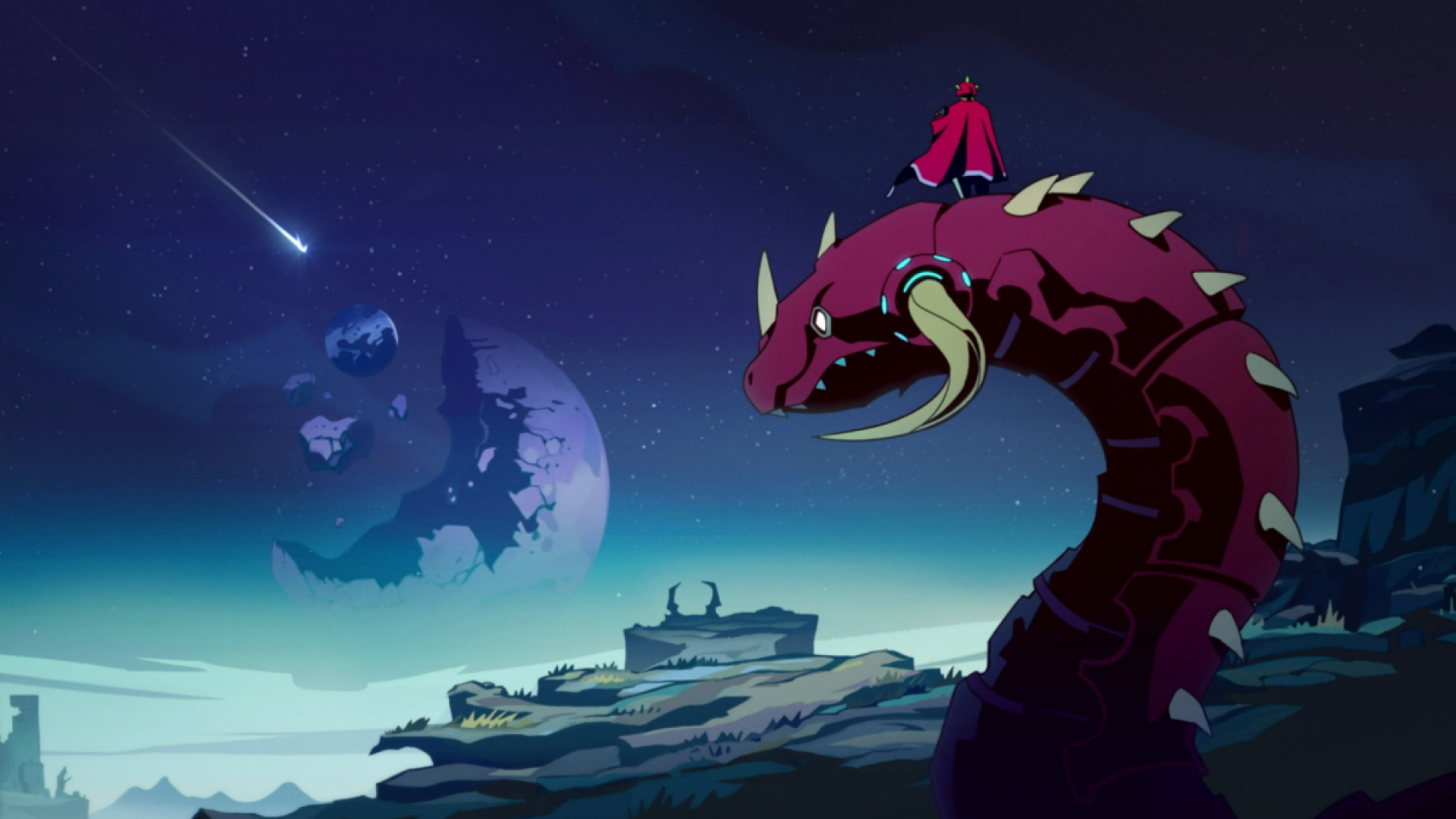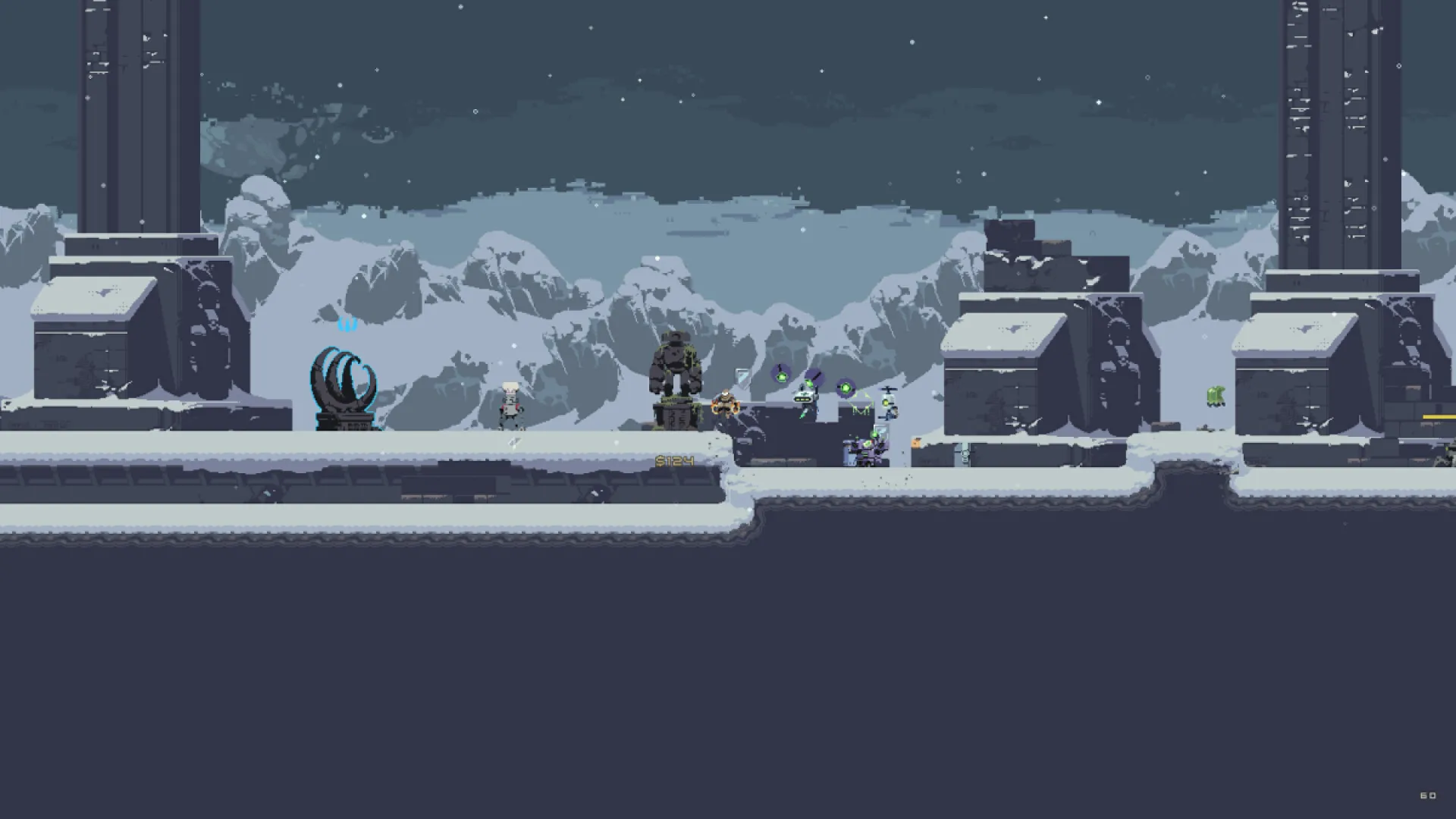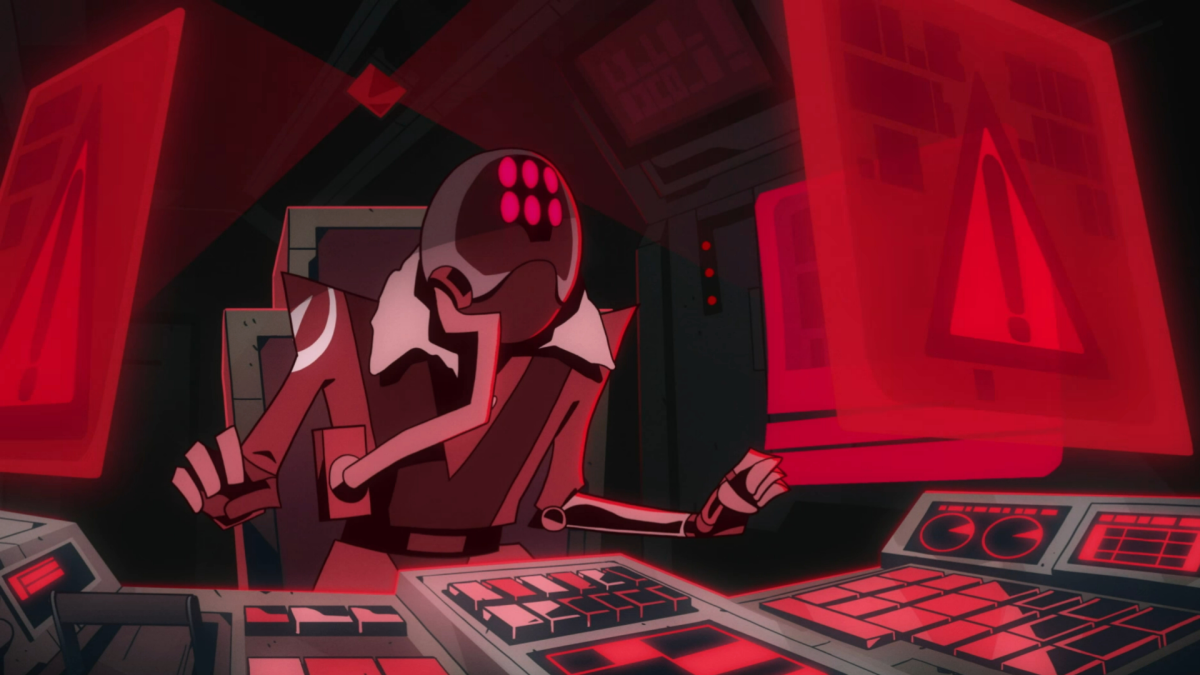I was in college when I played the original Risk of Rain. Admittedly, I was a bit late to the game, only picking it up a year after its November 2013 launch. Nonetheless, I fell in love. As finals loomed over my head, I sank hours into the game in my rundown off-campus apartment, chasing down alien creatures and collecting power-ups, teleporting from world to world. I was never good at Risk of Rain, but I sure had fun playing it.
So when I heard Risk of Rain Returns was on the way, I was initially suspicious. Risk of Rain was challenging in a perfectly simple way: players must kill as many enemies as possible to collect as many items as possible so they can make their way to the final boss and kill him before the game kills you. How can you improve on that formula?
But somehow, Hopoo Games and Gearbox accomplished a rare feat for remakes, actually bringing me back to that sense of joy I felt when I first played Risk of Rain as a 20-year-old girl.
The tricky question of video game nostalgia

Nostalgia is a fool’s errand. I realized that in college, ironically. When I was first learning how to write games criticism (fun fact: my first TMS article was published in 2016!), I read a fantastic piece by scholar Sean Fenty in a forgotten book called Playing the Past: History and Nostalgia in Video Games.
In his article “Why Old School Is ‘Cool’: A Brief Analysis of Classic Video Game Nostalgia,” Fenty argued that a game alone does not simply create nostalgia. Rather, the circumstances and ways in which we were first introduced to a game are rooted to a specific period of our lives.
Citing his own childhood experience playing arcade games like Pac-Man and Donkey Kong in “a laundromat close to home, filled with the smell of dirty clothes and strong detergent,” Fenty stressed that those early retro gaming moments we held so dear in our youth simply cannot be replicated today. We can come back to these games and replay them with emulators, but we can never return to the time periods that turned these old school games into “yearned-for-states of being, desired spaces in and of themselves,” the “digital homes to which gamers yearn to return.”
“In this sense, the nostalgia felt for video games is not nostalgia for a past state before the trauma of the games disrupted us, but a desire to recapture that mind-altering experience of being in a game for the first time,” Fenty wrote. “It is a yearning for liminality itself—for the moment of transition. Not the liminality of being caught between the two worlds of pre-video games and video games, but the liminality of being between the two worlds of the real and the game world—of being on the threshold.”
For years, I’ve been trying to think about how to write about nostalgia so succinctly. Fenty’s take dissuaded me from purchasing re-releases as a whole, and inspired me to deeply scrutinize remakes and remasters. Did I enjoy playing 2020’s Destroy All Humans! remake because it was a solid return to form, or because it brought me back to my pre-teen years, plugging away at the game for hours on my PlayStation 2 (to my Mom’s disapproval)? I still don’t know.
What makes Risk of Rain Returns a good remake?

Naturally, I surprised myself when I decided to pick up Risk of Rain Returns. I expected the game to disappoint me a bit, and fail to capture that same “just-one-more-run” joy I found in the original Risk of Rain. Instead, I was immediately pulled into the game, accidentally playing so much of it last week that I forgot to work on this piece.
Why? Risk of Rain Returns simply doesn’t get in its own way. The game maintains the same exact gameplay loop and feel as the original: Spawn into an alien landscape, kill enemies, scavenge for items, find the teleporter, defeat the boss, and go to the next stage. Rinse and repeat.
Every change introduced in the remake simply expands on this formula without ruining it. The game’s new assets are gorgeously rendered and make the world feel more lively and immersive. Players can now swap out their Survivor’s skills by completing Providence trials. Gameplay features are completely customizable, with Modern and Classic rule sets offering new or traditional content, respectively. There are even Artifacts, which can change your run and alter how you play the game, just like in Risk of Rain 2. Every new change either improves upon the original, or expands on Risk of Rain’s replayability.
I am not immune to nostalgia. I can tell I keep playing (and replaying) Risk of Rain Returns because it reminds me of those winter days during my junior year of college, killing Lemurians while writing essays on trans bathroom rights and Shakespearean drama.
But Risk of Rain Returns isn’t good because it’s a classic video game. It’s good because it brings out the best of the original game, which is still super addictive. Also, it’s only $15 ($12.74 until November 15) and can run on just about any PC, and that’s cool too.
(featured image: Gearbox Publishing)









Published: Nov 13, 2023 04:06 pm